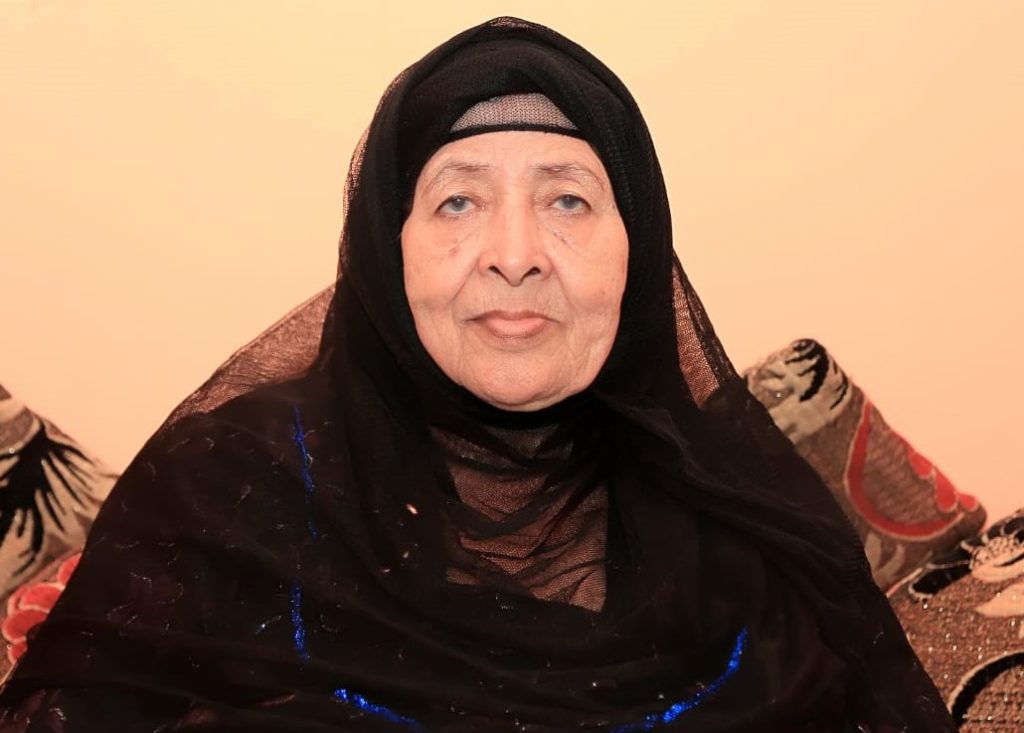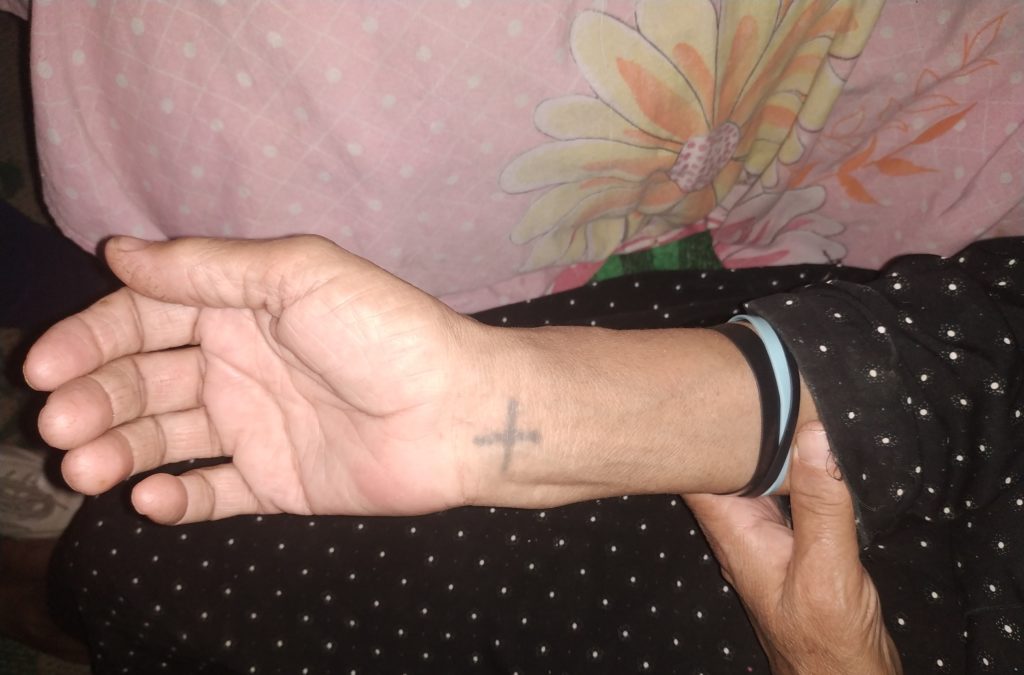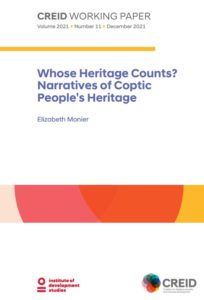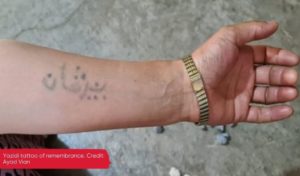Men and women from religious minorities have from ancient times inked their bodies to proclaim their identity. The Copts are one of the oldest surviving Christian communities of the Middle East, and the practice of religious tattooing dates back centuries. It is a mark of defiance, pride and solidarity in the face of adversity.
Saboura Bebawy was born in 1943 in El Matahra, a village in the Upper Egyptian governorate of Minya. She was raised in a small minority community of Copts; the Muslim majority in the area referred to them as the Nasarah, the “Nazarenes”.

Saboura remembers an inter-generational family tradition of engraving a green coloured cross on the wrist. She recalls around the age of 10, dipping a matchstick into a mixture of soot and mother’s milk, to mark the desired shape on her wrist. Then, with a needle she would carefully etch the design into her skin. A short while later, paste from the molokheya plant would soothe the wound, while providing its rich green appearance.
Through this, she and her friends were able to demonstrate their identities to fellow kin and the wider community;
“I would engrave these crosses on the wrists of any of our friends who asked for them. We all engraved crosses on our wrists so that it is manifest to all that we are Christians”.

Saboura was interviwed by Amir Boulis as part of CREID’s oral heritage project in Egypt.


